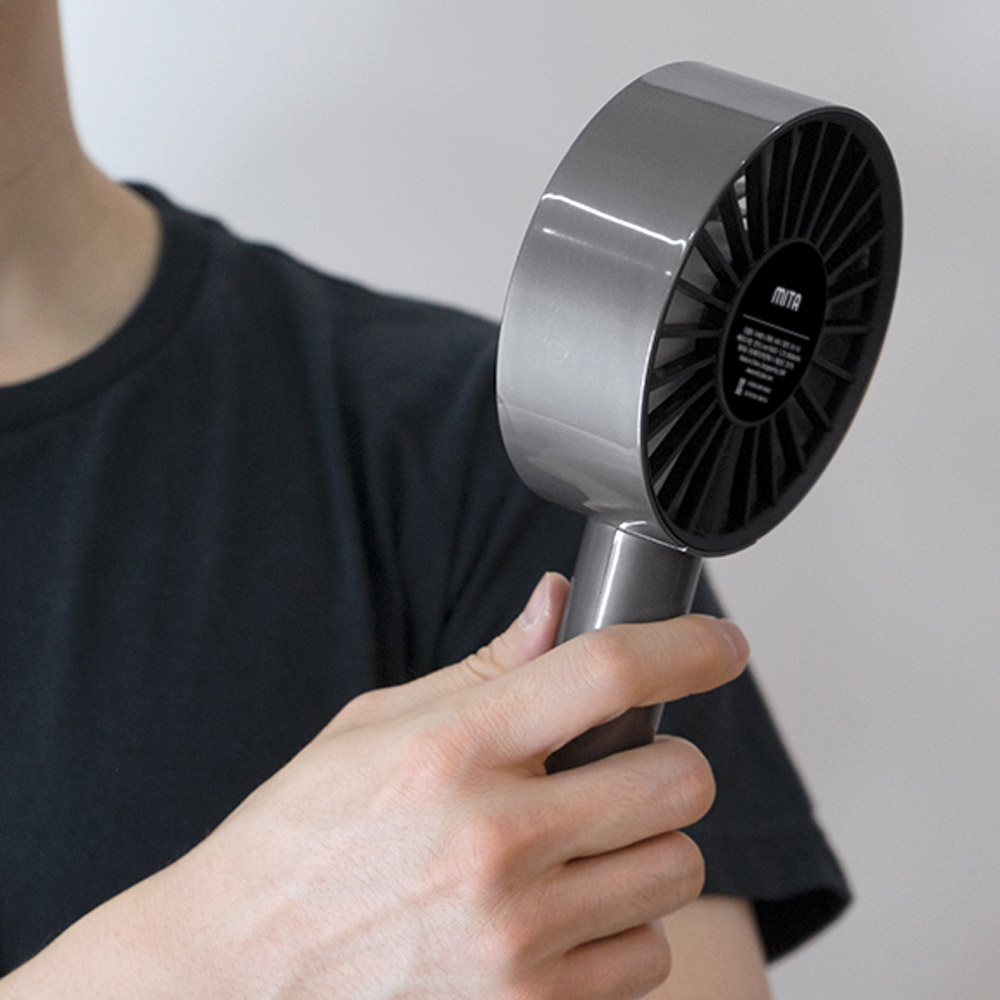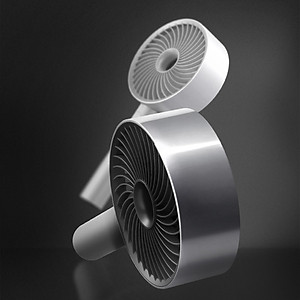IPHONE - IPAD CHARGER CIRCUIT MANUFACTURING FACTORY IN VIETNAM
IPHONE - IPAD CHARGER CIRCUIT MANUFACTURING FACTORY IN VIETNAM

In the era of Power Delivery (PD) and Quick Charge (QC), a charger is not just a plastic box containing components but a complex electronic system, designed to provide maximum protection for your expensive mobile device. MyMy Technology iPhone - iPad Charger Circuit Manufacturing Factory in VietnamAdvanced has mastered switching power supply technology to ensure high performance, compact size and absolute safety.
This article delves intoBasic principles in iPhone charger circuitand key protection technologies.
BASIC PRINCIPLE: POWER TRANSFORMATION AND STABILIZATION
The charger works through a sophisticated electronic process to convert the unstable grid current into the clean, stable power that the iPhone/iPad requires.
1. Source Conversion Circuit
- AC/DC converter circuit:This is the first and most basic step. Alternating current (AC) from the grid (usually 100V - 240V) will be passed through a diode bridge to be rectified, converted into direct current (DC) with high voltage.
- Switching Circuit:This is the soul of the modern charger. The high voltage DC power source will be turned on and off (Switch) at extremely high frequency (tens to hundreds of thousands of times per second) by a Power Transistor (MOSFET) controlled by aPower supply control IC.
- Flyback Transformer and Secondary Rectifier:This on/off power goes through a Flyback transformer, which steps the voltage down to a safe level (usually 5V, 9V, 12V, 15V or 20V). This low voltage AC is then rectified again to DC and passed through a noise filter.
2. Stabilize and Protect Output Current

The stability of output voltage and current is crucial to protect the battery and charging IC of iPhone/iPad.
- How iPhone charger circuit stabilizes output current:The Feedback Loop continuously monitors the voltage and current at the output port. This information is sent back to the main controller chip, allowing it to adjust the switching frequency to keep the output voltage at the correct standard level (e.g., always keep 5.0V in normal charging mode).
- Why is a voltage regulator IC needed in a charger? The Regulator IC is responsible for ensuring that the output voltage remains constant, regardless of changes in the input voltage (mains) or changes in the load (the device being charged). This prevents damage due to overvoltage or undervoltage.
- Noise filter in charging circuit helps protect the device:After the voltage is rectified, it passes through noise filters (capacitors, inductors). These filters help eliminate fluctuations, pulses and high-frequency noise generated during switching. The "clean" power source helps the device operate stably and prolongs the life of the battery.
CORE DIFFERENCE: FAST CHARGING CIRCUIT AND NORMAL CHARGING
Difference between fast charging and normal charging circuit lies in the ability to communicate and regulate voltage flexibly.
|
|
|
|
|
|
|
|
|
|
|
|
|
|
|
|
COMPREHENSIVE COOLING AND SAFETY SYSTEM
Safety is a non-compromising factor in charger circuitry.
1. Protection of Components and Equipment
- Overcurrent and overheating protection system in iPhone charging circuit:Here are the multi-layered protection features:
- Overcurrent Protection (OCP):The circuit continuously monitors the output current. If the current exceeds the safe limit, the circuit will immediately cut off or reduce the current to protect the device from damage due to overload.
- Over-Temperature Protection (OTP):Temperature sensors are located near high heat generating components (such as MOSFETs and Transformers). If the temperature exceeds the safe threshold, the circuit will automatically reduce the charging capacity or stop charging completely, preventing the risk of fire or explosion.
- The charging cycle automatically stops when the battery is full:The control circuit will receive signals from the device (via PD protocol) about the battery status. When the battery reaches a safe level and the battery has entered maintenance mode, the circuit will automatically cut off the current or switch to micro-current maintenance mode, ensuring that overcharge does not occur.
2. Heat Dissipation in Charging Circuit
- Heat dissipation principle in mini charger circuit:The compact size of the mini charger poses a big challenge in terms of heat dissipation.
- Using GaN material:Reduced heat generation from the start thanks to higher energy conversion efficiency.
- PCB (Circuit Board) Design:Component layout is scientifically arranged, making maximum use of space to optimize air circulation.
- Using Thermal Paste and Thermal Pad:Used to transfer heat from hot components (IC, Transistor) to the charger shell (acts as a heat sink), ensuring stable temperature for circuit operation.
In short, from the converted AC to DC overcurrent and overheat protection system, each iPhone charger circuit is a testament to the sophistication of electronic engineering. The selection of products from MyMy Technology iPhone - iPad Charger Circuit Manufacturing Factory in VietnamReputation is ensuring you are using a device that is designed with the highest safety and performance in mind.
IPHONE - IPAD CHARGER CIRCUIT MANUFACTURING FACTORY IN VIETNAM















